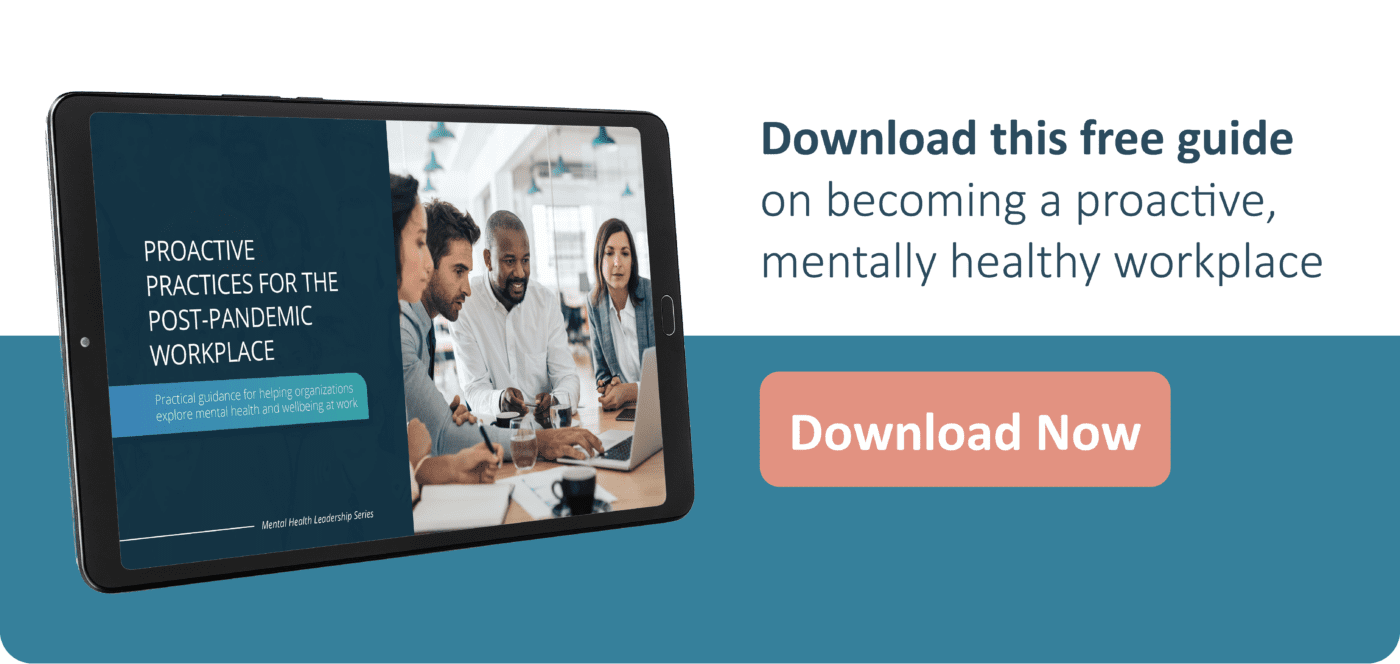Stress is rising in the workplace, but a lot of people just push through instead of speaking up. Maybe it’s problems with co-workers, a workload that never seems to shrink, or the nagging worry that their job isn’t as secure as they’d like. Personal issues don’t just stay at home either—they follow people right into the office. Businesses can try to make things easier by offering better work-life balance or giving employees more confidence in their job security, but they can’t always see what someone’s dealing with outside of work or how much it’s dragging them down.
Personal lives are reported to account for 20 percent of stress, according to the American Institute of Stress. Worries about job security motivate employees to keep these issues to themselves because they worry about potential job loss. The effects of personal issues, however, do carry over into the workplace, and potential problems include decreased performance, more days missed from work and poor customer service.
Employee assistance programs are designed to help employees manage these challenges. Estimates show that 77 percent of employers offer these types of programs to their employees. But how do employee assistance programs work, and why are they important in the workplace? Understanding the details can help determine whether these programs are right for your company.
What is an Employee Assistance Program?
An employee assistance program is a benefit that is offered to employees to help manage a variety of potential challenges that might affect job performance. Even the most hardworking people can have a tough time keeping work and personal issues separate, and sometimes, a little help makes all the difference.
Take a mother who just found out her teenage daughter is dealing with substance abuse. She’s overwhelmed, unsure where to turn and trying to keep it together at work. Her focus is shot, stress is through the roof, and then the school calls—her daughter missed class again. Now she’s juggling worry, frustration and the pressure to keep up with her job, all at the same time.
EAPs provide resources in these types of situations. The mother can get in touch with the EAP, explain the situation, and get resources and guidance on the next steps to get help for her child. This would help reduce stress and allow the employee to improve focus at work while seeking help. Along with getting personal guidance, the mother may access digitally-enhanced EAP services where she has 24/7 access to support and tools, including short-term counseling and cognitive behavioral therapy courses.
Employee Challenges that EAP Services Address
This is only one example of what EAP providers can do for employees, but there are a variety of services available, including those for the following situations.
Conflicts in the workplace. For example, Jane recently got a new co-worker on her team, and there is immediate conflict. They work closely together and can’t agree on how to handle tasks most efficiently, making the workday stressful. Jane wants to reduce that workplace conflict but isn’t sure where to start. An EAP can connect her with a professional to provide suggestions and advice on how to manage difficult co-workers and resolve the situation.
Mental health issues. Many employees struggle with mental health challenges, such as anxiety, depression or anger management. Some employees aren’t directly experiencing an issue but have a loved one affected by mental health challenges. For instance, an employee is struggling with a spouse who has ongoing depression. This creates stress in the employee’s home, and she comes to work each day worried and distracted. EAP solutions can connect that employee with the right resources to seek help.
Health and caregiving issues. Imagine that an employee’s parent was just diagnosed with Alzheimer’s disease. The parent has been living with the employee for years, but due to the illness, the demands of caretaking have significantly changed. EAP solutions can connect that employee with resources to figure out the next steps.
Legal and family advice. An employee is navigating a difficult divorce situation and worries about a major custody disagreement. Feeling anguish over the thought of things not going his way, he worries daily, and it reduces his productivity and happiness on the job. An EAP can help provide family and legal advice to get him on the right path to resolving his challenges.
Grief counseling. There are a variety of issues that can cause grief in an employee’s life: everything from the loss of a loved one to a traumatic event in the workplace or in their personal life. For example, an employee was recently at work when the building experienced a major fire. Tragically, one of the co-workers was fatally injured, and now the employee is suffering from grief and anxiety. An EAP can quickly provide the employee with the right resources to get them on the path to healing.
There are a variety of EAP services available that help employees navigate difficult personal circumstances. Having access to these benefits at no cost allows employees to feel supported during difficult times and more willing to reach out.
How To Support Employees Through EAP Awareness
Telling employees about EAPs isn’t a one-time task but rather an ongoing process. Sharing those details continually and communicating the large variety of services available through the program is key.
Some employees assume an EAP only covers mental health and don’t realize it can also help with things like handling workplace conflicts. They might hear about it during onboarding, but let’s be honest—most people forget half of what’s covered in those meetings. If companies want employees to actually use these resources, they need to bring them up more than once.
Managers can play a big part in this too. If they notice an employee is dealing with something personal, they can mention the EAP as an option. A quick reminder at the right time might make all the difference.
Understanding How EAPs Work
EAPs are paid 100 percent by the employer and are administered through a third-party company. Employees can feel confident that because it’s administered outside of the company, the personal details shared are confidential. The employee can speak freely about whatever challenge they’re facing and know that the employer won’t have those details. The employee can’t take an EAP with them when leaving the job.
According to the U.S. Department of Labor and ACA guidelines:
“EAP programs are considered to be excepted benefits, but only if the program does not provide significant benefits in the nature of medical care or treatment.”
Most EAPs provide a preset number of counseling referrals and sessions. This typically ranges from one to three, depending on the program details. Sessions don’t cost the employee out of pocket, but if the employee wants to continue after the free sessions, they can do so at their own expense.
The Role of Digital EAPs in the Modern Workplace
A digital EAP fills the gaps in support by offering unlimited access to personalized self-guided modules and an on-demand wellness check with the option to connect with a coach. All of these resources are available via app or website at no additional cost to the user, which creates a comprehensive and user-friendly experience.
The process works by the employee reaching out and the EAP learning more about the problem and then making relevant referrals. Depending on the benefit details, sessions may be available as phone calls, video conferencing or in-person visits. Understanding employee demographics is useful when selecting a provider.
Key Benefits of EAPs to Employers
Employers spend a large amount of funds on providing many benefits to employees, including health insurance programs. They might wonder about the specific benefits of EAPs. Is investing in this category of care truly worth it? Here are a few benefits to consider.
Employee Productivity Is Improved.
Employees struggling with personal problems have difficulty focusing at work. They may even struggle enough that they call in sick frequently. As a result, the company is affected by potential losses. The Society for Human Resource Management reports that companies lose 36 percent of their productivity as a result of employee absences. Introducing an EAP can help solve this problem. Studies have shown that implementing an EAP can lower time lost at work by 33 percent and decrease work-related accidents by 65 percent.
The Cost of EAPs is Reasonable.
The Centers for Disease Control and Prevention reports that productivity losses resulting from absenteeism cost employers approximately $225 billion annually in the United States, which breaks down to $1,685 per employee. The cost of EAPs varies by program but typically ranges from $10 per employee to $100 per employee, which is a significant savings compared with the potential absenteeism. Once the program is in place, it’s important that employers continue to communicate the benefits to employees so that they are at the top of their minds when a problem occurs in their lives
EAPs Help the Company Save Money.
Businesses are spending an increasing amount of money on healthcare costs each year. Mental health challenges alone cost employers an estimated $20 billion annually and account for 75 percent of short-term disabilities. The ROI on EAPs is significant, with a return that is 8 times every $1 invested. Businesses that invest in an EAP can reduce overall health costs, lower medical insurance usage and have fewer absences.
EAPs Improve Employee Retention.
A positive work environment benefits all employees. It’s reported that 51 percent of employees stay at a job due to positive relationships with co-workers. The work environment can be improved when people can get access to the resources required to handle challenges in their personal lives. EAPs help employees stay present and happy at work. When issues come up, they are resolved faster.
Offering EAPs to employees demonstrates that the employer and human resources are genuinely concerned about the employees’ happiness. They also help increase workplace productivity. Employees know that if they have a difficult time in their lives, there are resources that can help them navigate those situations.
Choosing the Right EAP
People today increasingly expect simple tools that are specifically tailored to their needs, and they want to use them on their time schedules. There are many EAP options available, but employers should be aware that the more visible and used an EAP is, the more return their investment will yield.
Returns include not only happier and healthier employees but also the added benefit of reducing costs. That’s why Uprise Health (formerly IBH Solutions) is focused on providing digitally-enabled, effective EAP services on a national scale.
In the enhanced product launch article, former Uprise Health Chief Product Officer Dr. Jay Spence explains, “Through data science and an evidence-based framework, Uprise Health proactively identifies and reaches out to at-risk members before conditions spiral out of control with the added benefit of reducing direct (healthcare) and indirect (e.g., absenteeism) costs to employers and health plans.”
Support Your Team With Uprise Health’s Innovative Digital Tools
Uprise Health brings innovative digital solutions to meet the needs of the changing employee mental health landscape. Their digital EAP solution allows for high engagement and an increased positive impact without lowering the return on investment by blending on-demand resources with live clinical support. This reimagined EAP program breaks down the barriers to engagement for employees, spouses and dependents and creates long-term personal and company benefits.
Contact Uprise Health today to learn more about how their digitally-enhanced EAP can support your employees and their families to create a stronger and more resilient workforce.
Note: This article has been updated on 05/13/2025 to include new information and/or procedures for 2025.





